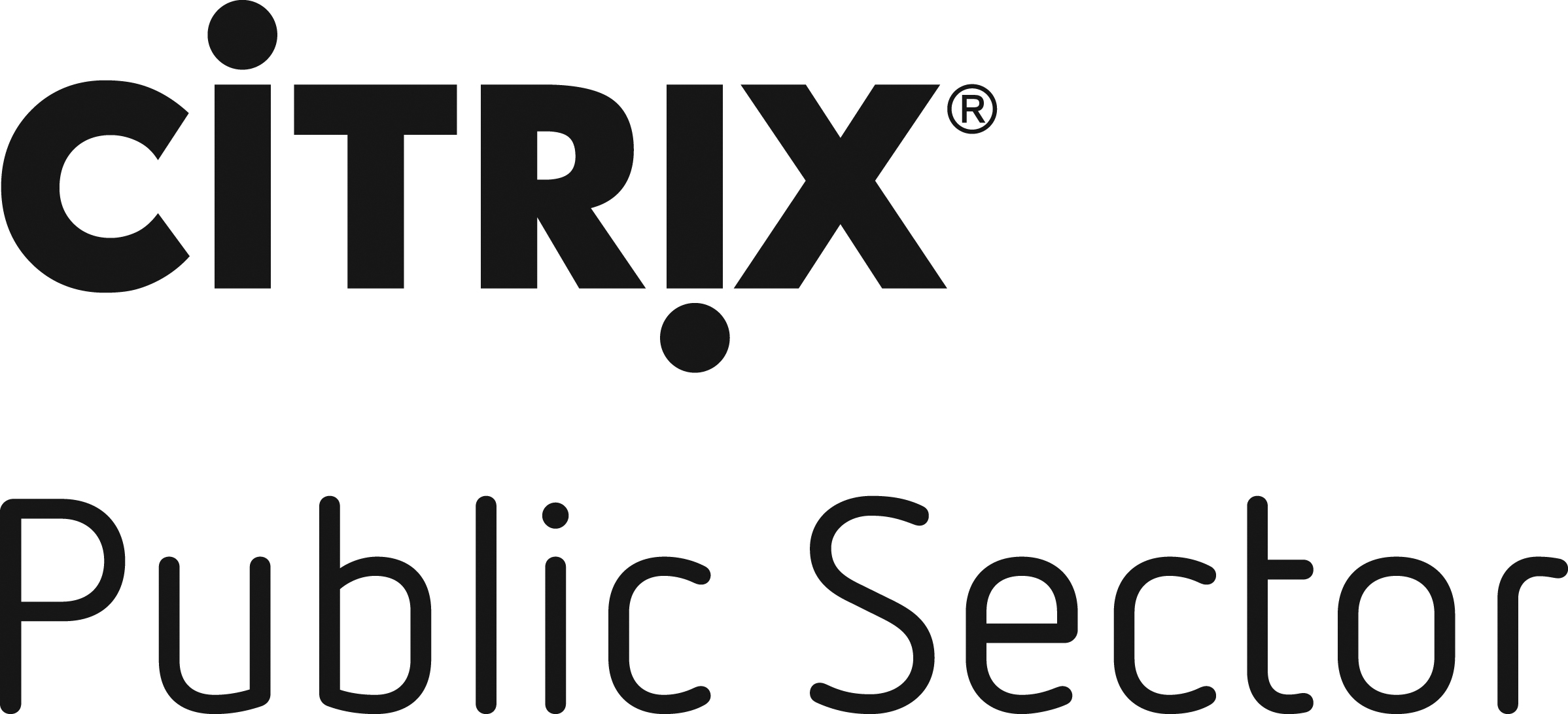There’s a lot of talk in government about modernizing aging systems and adopting digital services to give citizens the same type of experience they’re used to getting from private companies.
But none of these initiatives can stand on its own without a solid cybersecurity strategy. Underpinning each effort is a major push to improve how the government secures its data and systems — and those approaches are steadily evolving. They have to if agencies stand any chance of defending against sophisticated cyberattacks, a daily barrage of phishing attempts and the unintentional consequences of poor cyber hygiene among rank-and-file employees.
That’s why governments at all levels are increasingly taking a proactive, departmentwide approach to cybersecurity. They’re starting to invest in emerging technologies such as artificial intelligence (AI) to supplement their modest staff sizes. They’re also forging partnerships across state lines, marrying security with DevOps and finding creative ways to attract and train cyber talent.
In this guide, we highlight those key advancements in addition to specific examples from federal, state and local agencies that put these approaches into practice. Rather than rehash the basics of cyber in this guide, we dive into deeper topics such as DevSecOps and machine learning in cybersecurity to provide practical examples and tips for how you can adopt similar approaches at your organization.











